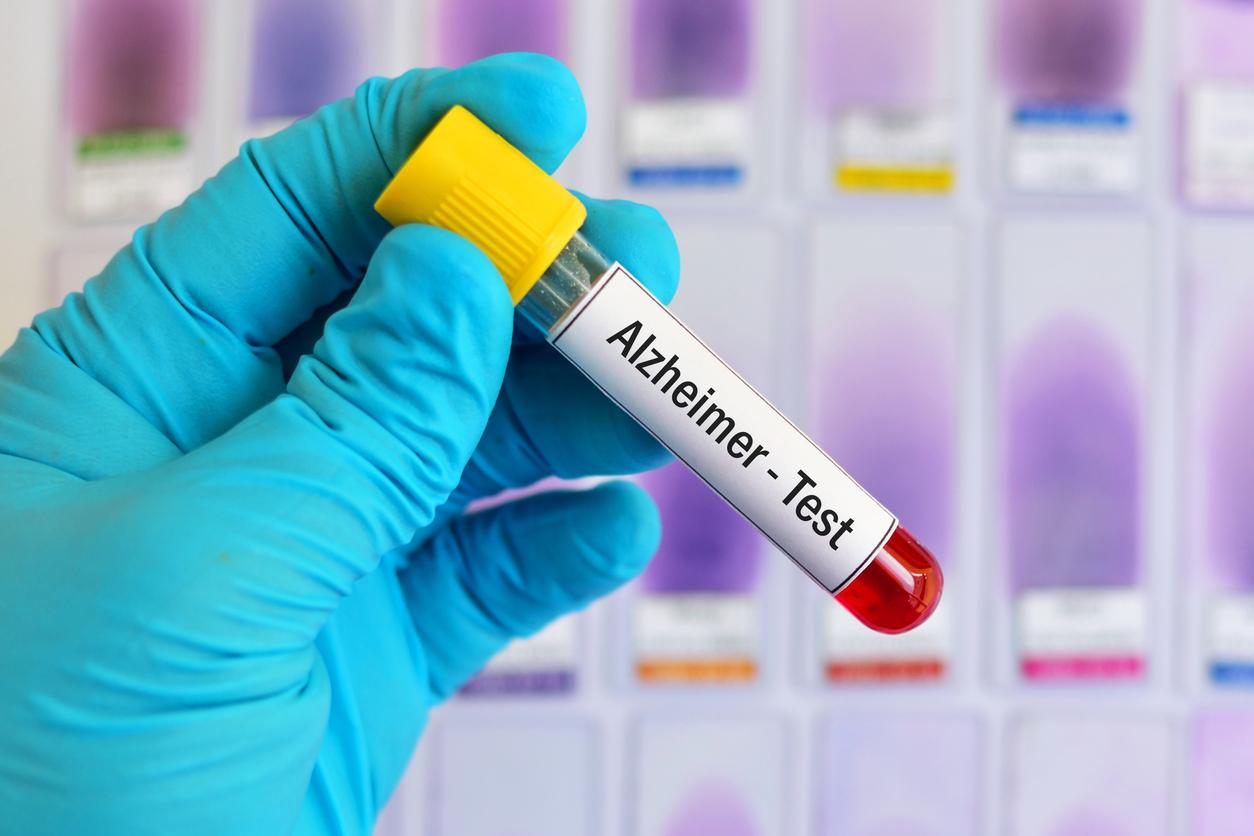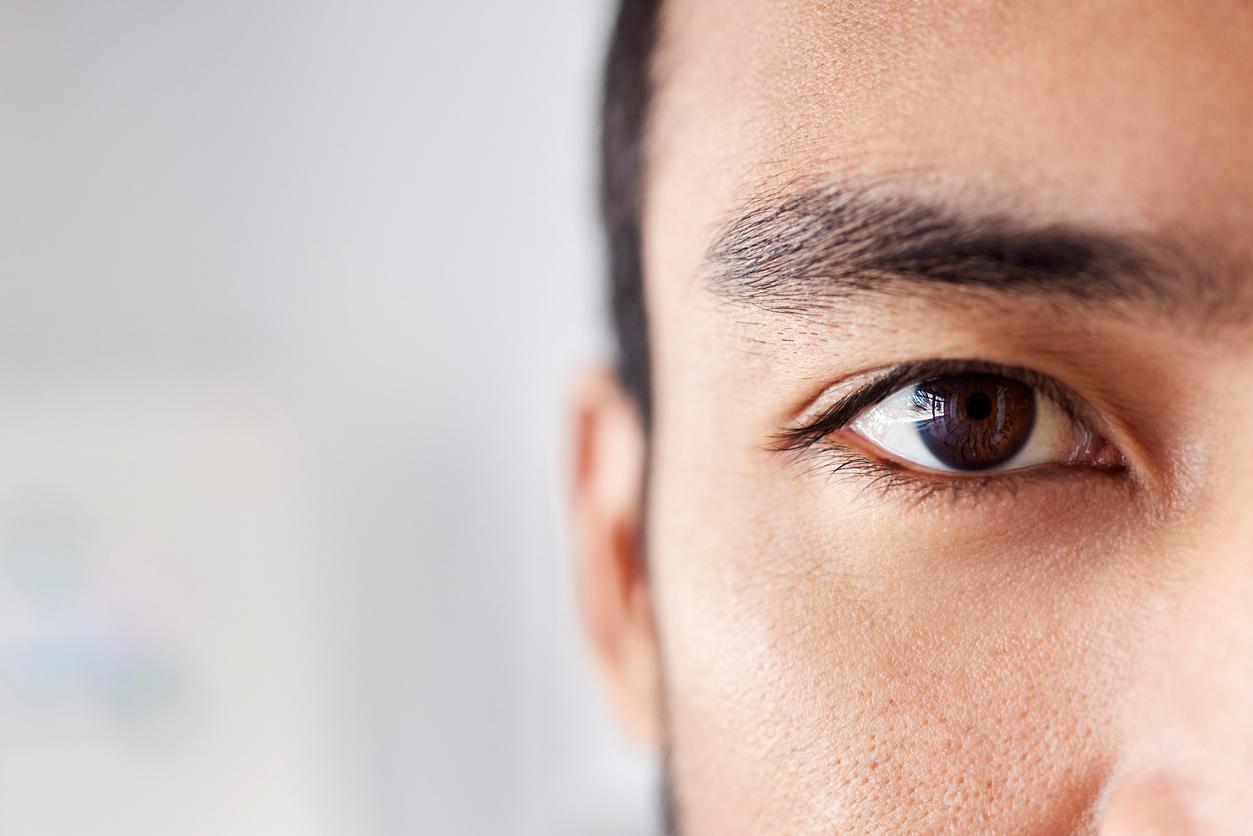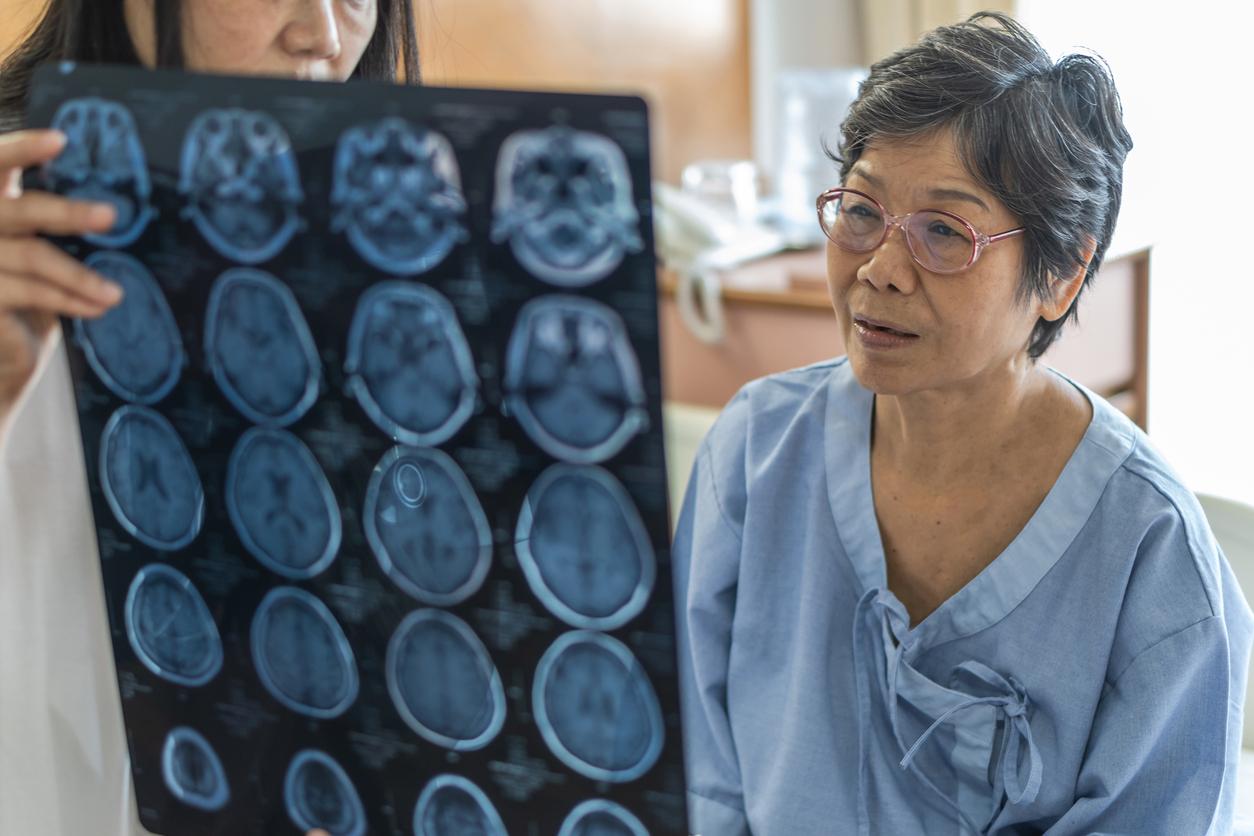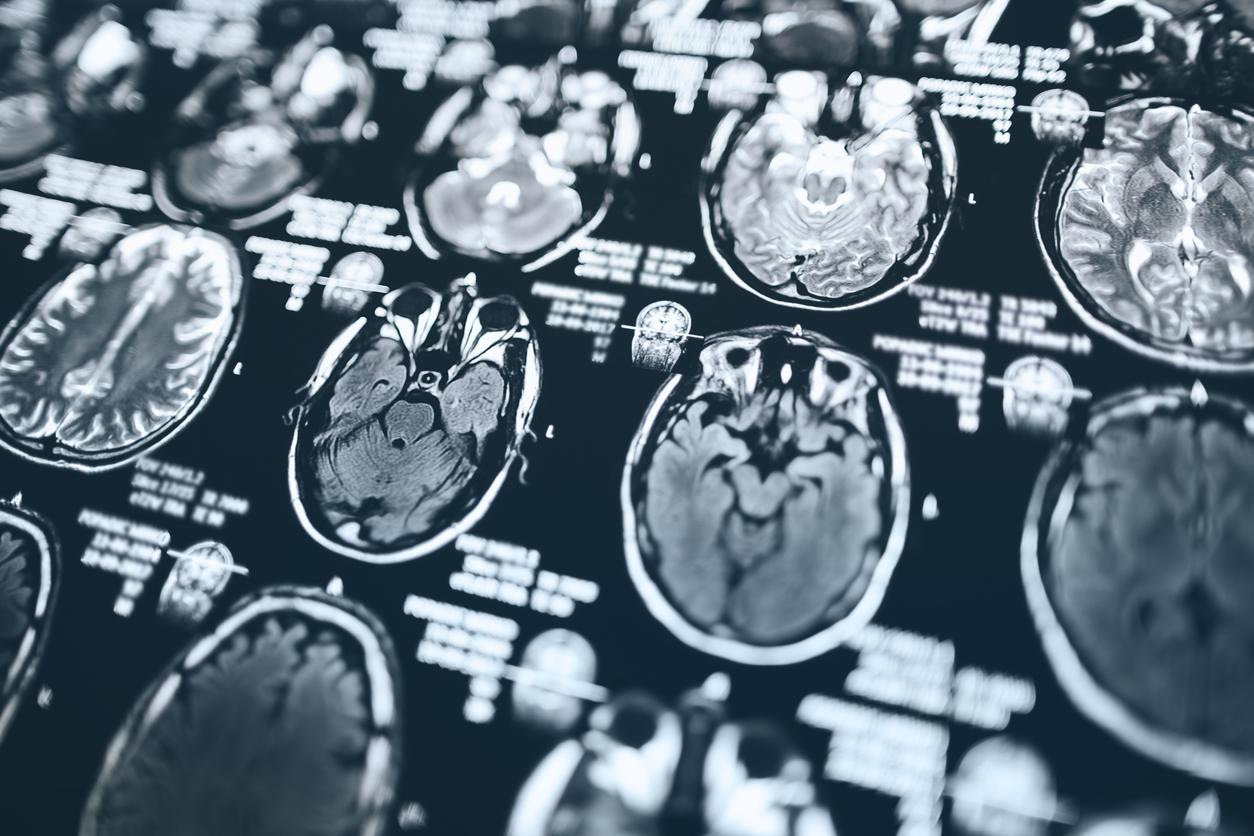The use of noninvasive ocular imaging would be effective in detecting the pathological characteristics of Alzheimer’s disease, according to the results of a study published in the medical journal Alzheimer’s disease. The experimental technology, developed by Cedars-Sinai and NeuroVision, scans the retina using techniques to identify beta-amyloid protein deposits that mirror those in the brain.
Accumulations of neurotoxic beta-amyloid proteins (a symptom of Alzheimer’s disease) can be detected with positron emission tomography and cerebrospinal fluid analysis, but they are invasive, inconvenient, and expensive, making them impractical for routine screening and follow-up evaluation of disease.
A minimally invasive and inexpensive technique to detect amyloid plaques in the retina of patients
Researchers from Cedars-Sinai Medical Center in Los Angeles, USA and NeuroVision Imaging LLC, have developed a non-invasive and inexpensive mechanism to observe amyloid plaques in the retina of patients. The protocol consists of injecting a fluorescent substance into the eye, which has a very strong affinity with beta amyloid proteins. The scientists then observed the retina using a device (a retinograph) to identify points of fluorescence revealing the presence of amyloid plaques in the back of the eye.
During their research, they found that these plaques are 4.7 times more frequent in the retina of Alzheimer’s patients than in that of healthy patients.
To confirm their results, the researchers tested this technique on 23 patients who died of Alzheimer’s and compared them to 14 other “healthy” dead people. The results were identical.
“This is the first study demonstrating the potential of non-invasive retinal examination related to beta-amyloid plaques in living patients. The results of this study strongly suggest that retinal imaging can serve as a surrogate biomarker to investigate and monitor the Alzheimer’s disease “said Maya Koronyo-Hamaoui, associate professor of neurosurgery at the Cedars-Sinai Neurosurgical Institute and co-founder of NeuroVision.
Read also:
Loss of sense of smell and Alzheimer’s disease: there is a link
Alzheimer’s disease: why people can die from it
Alzheimer’s: a quiz to test your knowledge of the disease


















